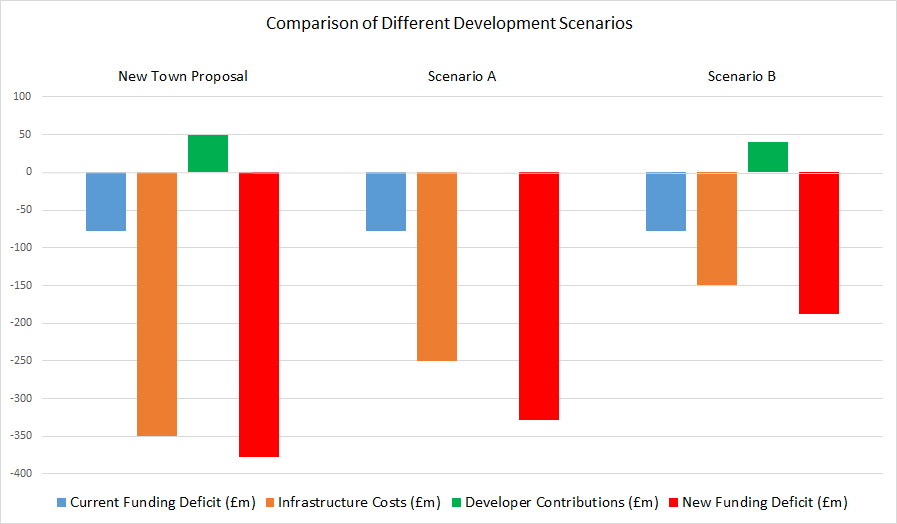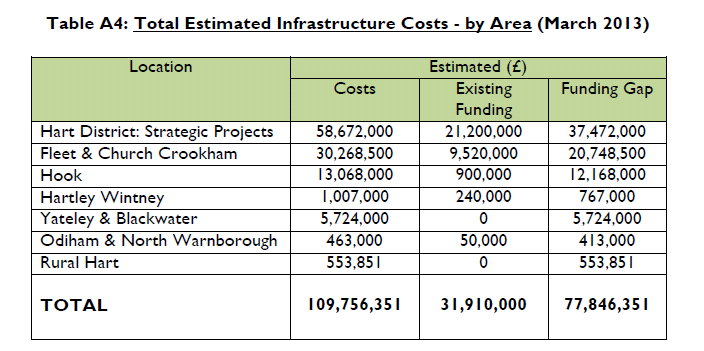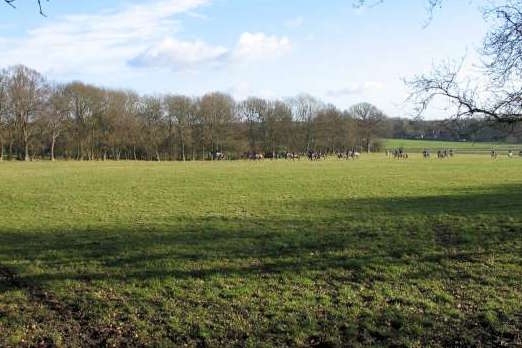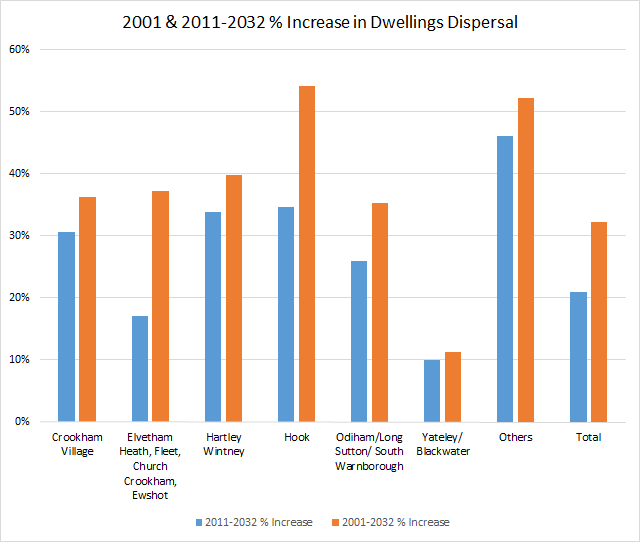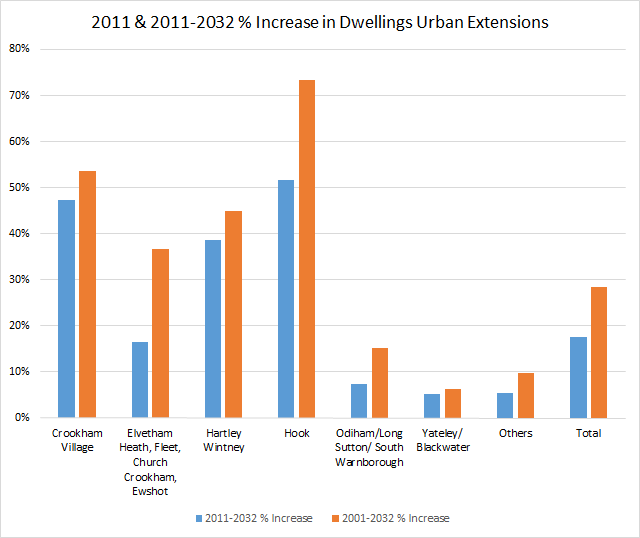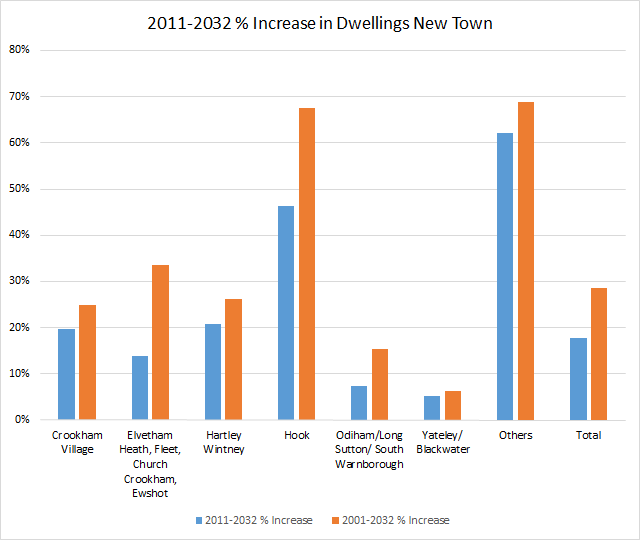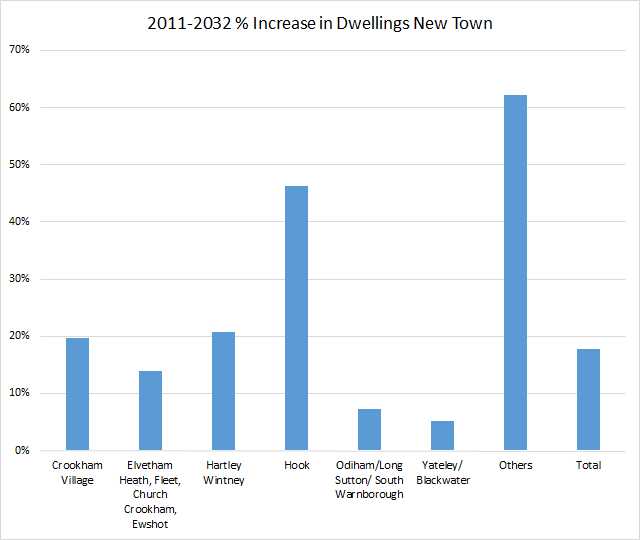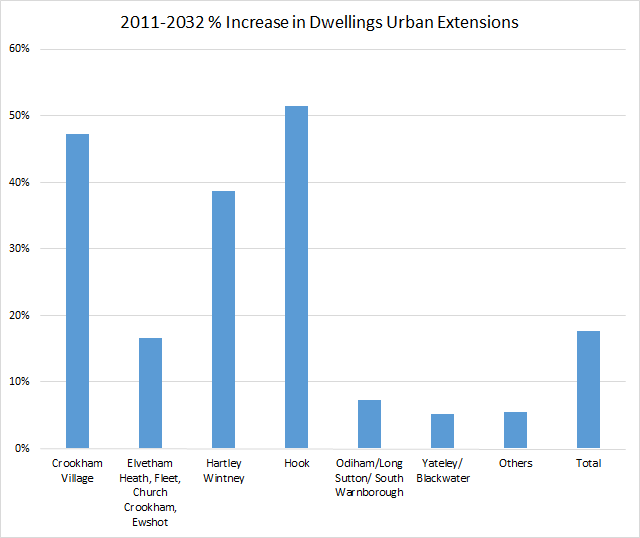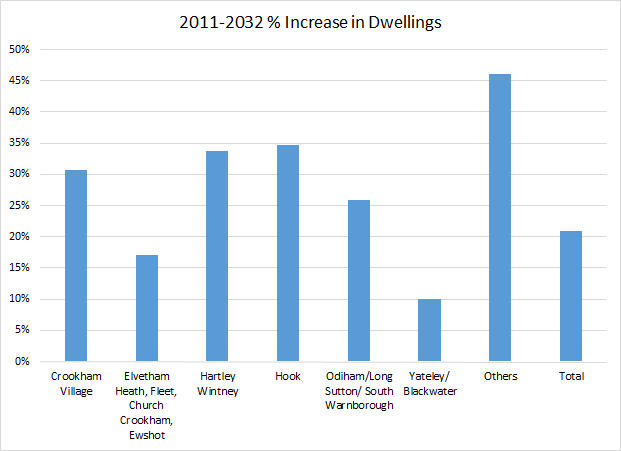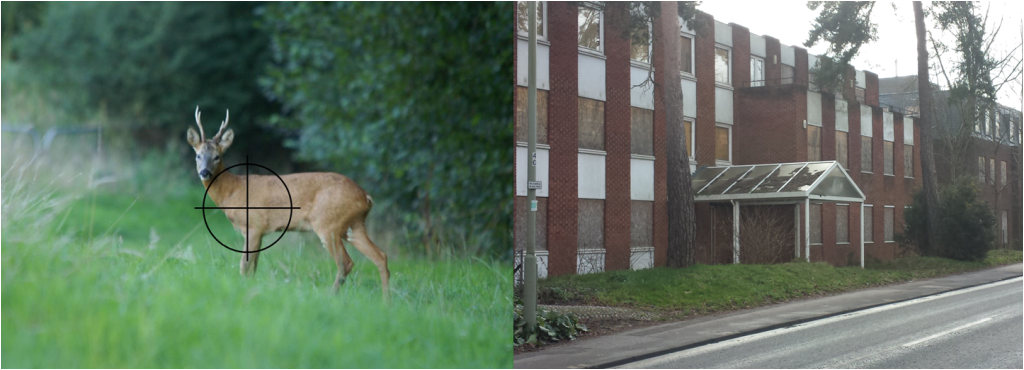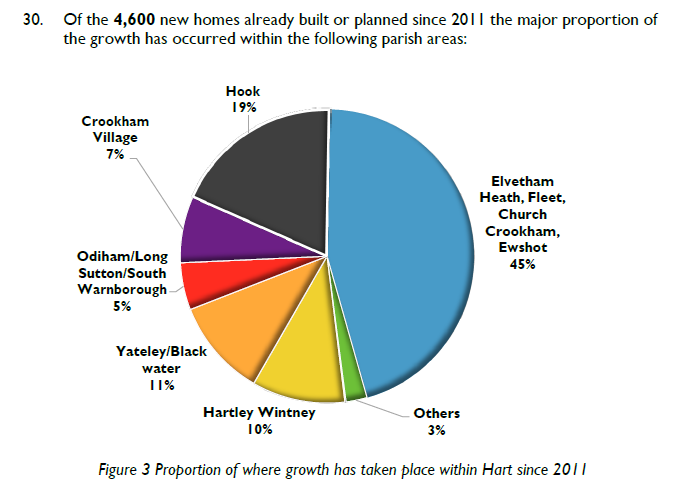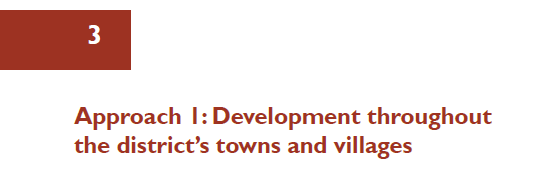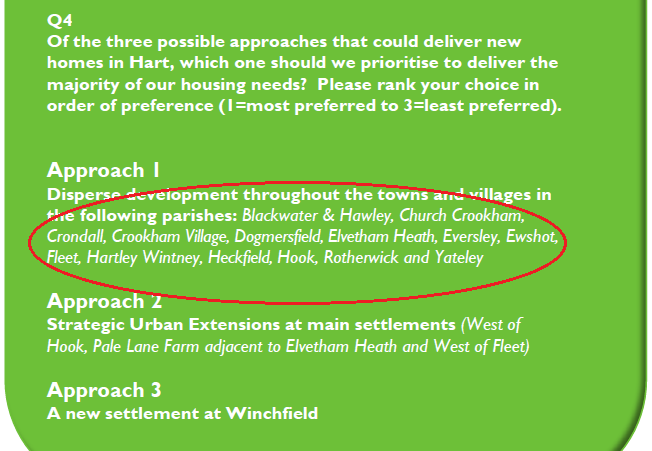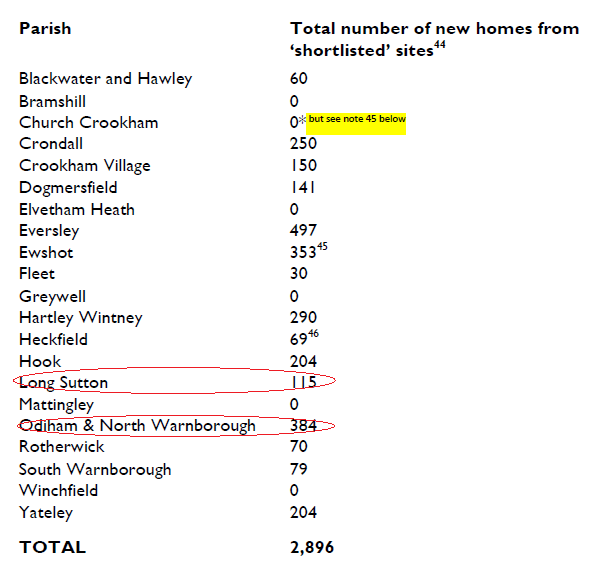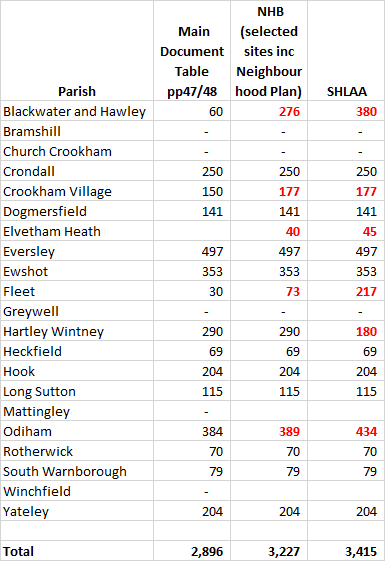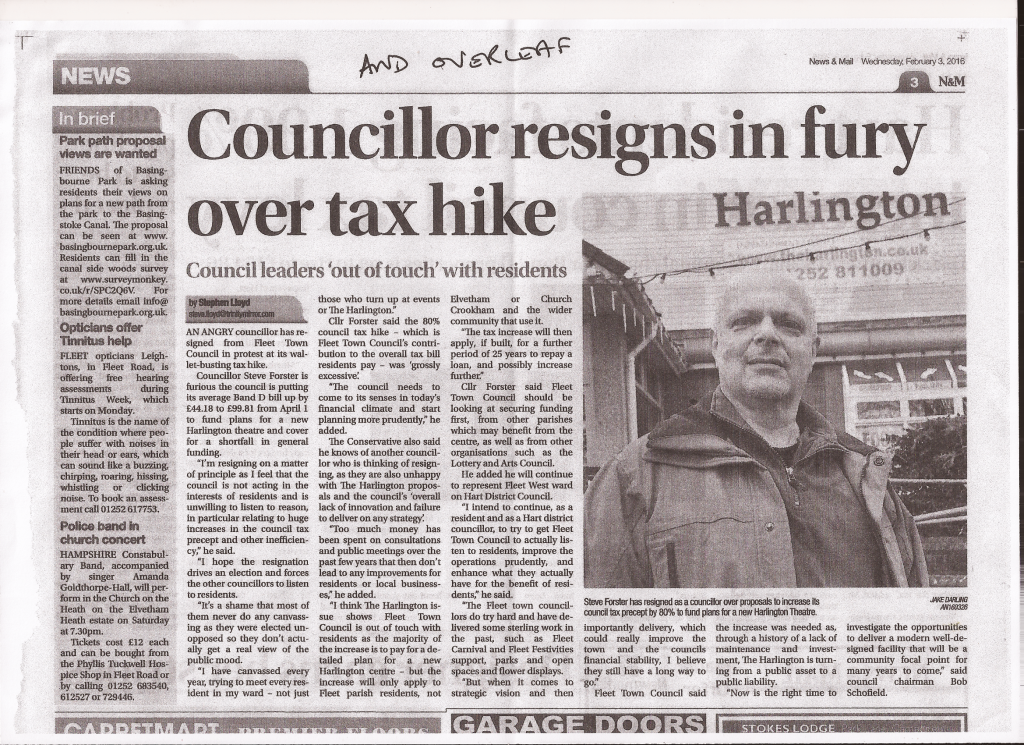
House of Lords says Government Housing Policy is short-sighted
A House of Lords Select Committee has described Government housing policy as ‘short-sighted’. Baroness O’Cathain said:
It is increasingly clear that we need to build more houses in England and we wholeheartedly support that objective. However if we build those houses in the wrong place, to a poor standard, without the consent of local communities we are only storing up future misery for the people in those houses and others nearby.
That is why we are recommending local authorities are once again empowered both to build new homes of their own, and to ensure all developments are of a suitably high quality. Spending a little bit extra on good quality design at the outset can avert massive costs to people, society and Government in the long-run.
The Government should review the National Planning Policy Framework to make sure developers aren’t using financial viability to play fast and loose with design quality and sustainability. If developers submit substandard plans local authorities should be able to ask them to think again without builders falling back on questionable viability assessments to get their way
The full report can be found here.
Developers come in for some damning criticism, with the report saying that they build at a rate to suit themselves and optimise their return on investment (para 268). They also point out that houses are being built at a much slower rate than planning permission is being granted and call for sanctions to be placed on developers who don’t build at the rate required:
Nevertheless, we see the gap between planning permissions and housing completions as a fundamental one in respect of securing increased housing supply. In a climate where over 240,000 homes a year are being granted planning permission, it is a fundamental failure of the development system that over 100,000 fewer homes are actually being built. This situation must be addressed.
We believe that the Government must consider measures to help accelerate the delivery of housing on sites with planning permission, such as permitting the charge of equivalent council tax rates when development has not commenced after a specified period of time, subject to safeguards when there are genuine reasons to prevent the development proceeding.
The report also calls for a review of compulsory purchase powers (Para 283), suggests that there might be a different taxation regime for landowners selling land (para 280).
The report also calls for the reintroduction of a formal, national brownfield first policy (para 295).
This report is very much in line with the views of Alan Wenban-Smith who provided the independent critique of the SHMA.
In other news, our submission to the House of Commons Economic Affairs Select Committee inquiry into the Economics of the Housing Market has been published.
